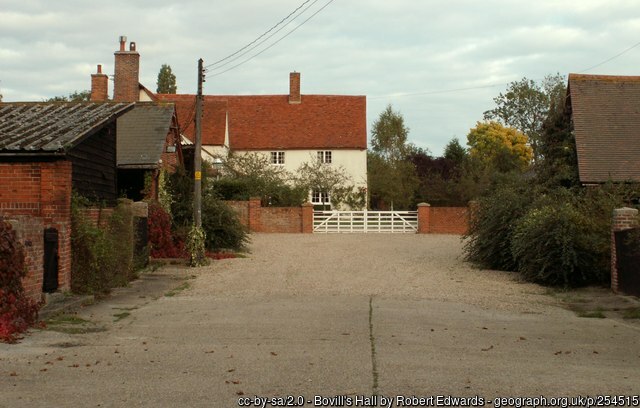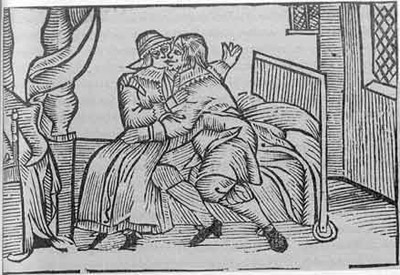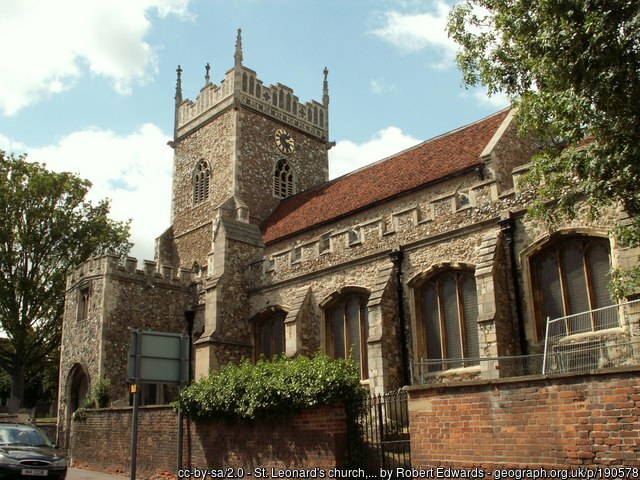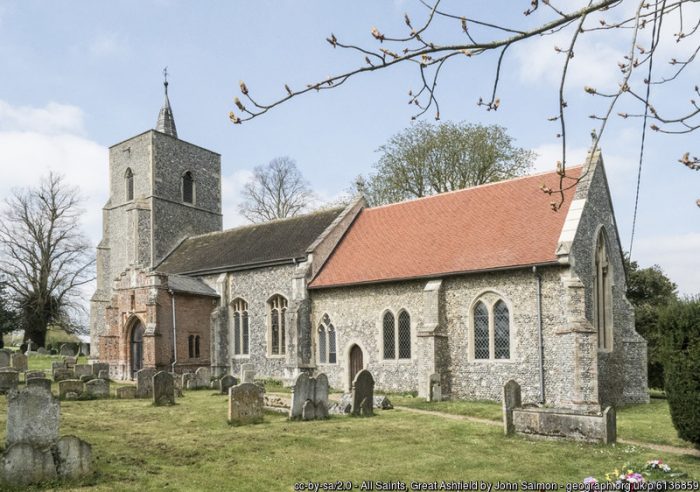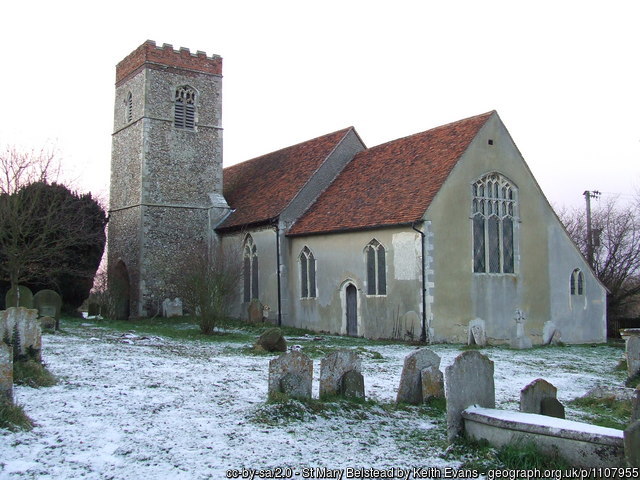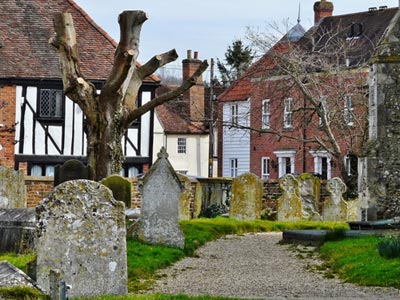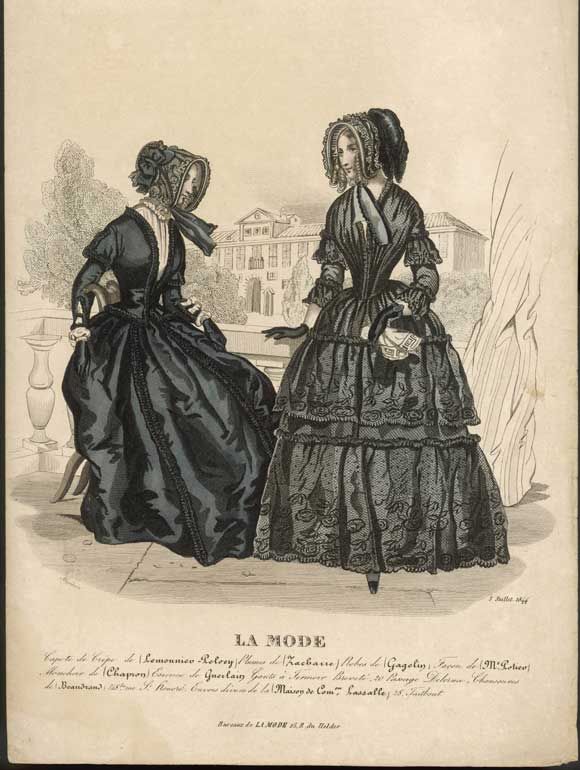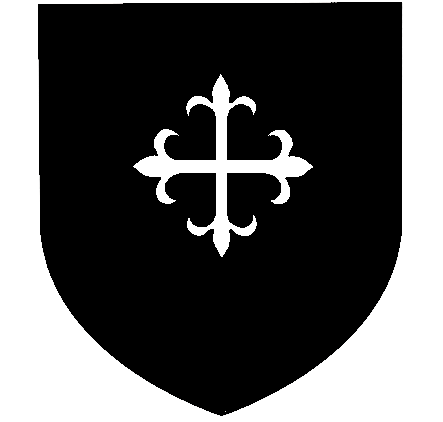I’m currently transcribing Little Clacton’s parish register. When I spotted Hubbards in the register, my interest was piqued as my 12 x great-grandfather, Ralph Starling, had been married to Margaret Tendring, and Margaret’s first husband was called Richard Hubbard. Her second husband, John Thurston, had lived in Frinton, so I wondered if there was a connection between Margaret’s first husband, and the Hubbards in Little Clacton.
I can’t find any obvious links between Margaret’s husband and the Little Clacton Hubbards, but I wouldn’t be surprised if there’s a link somewhere. So here’s what I’ve found out about them.
Continue reading →
